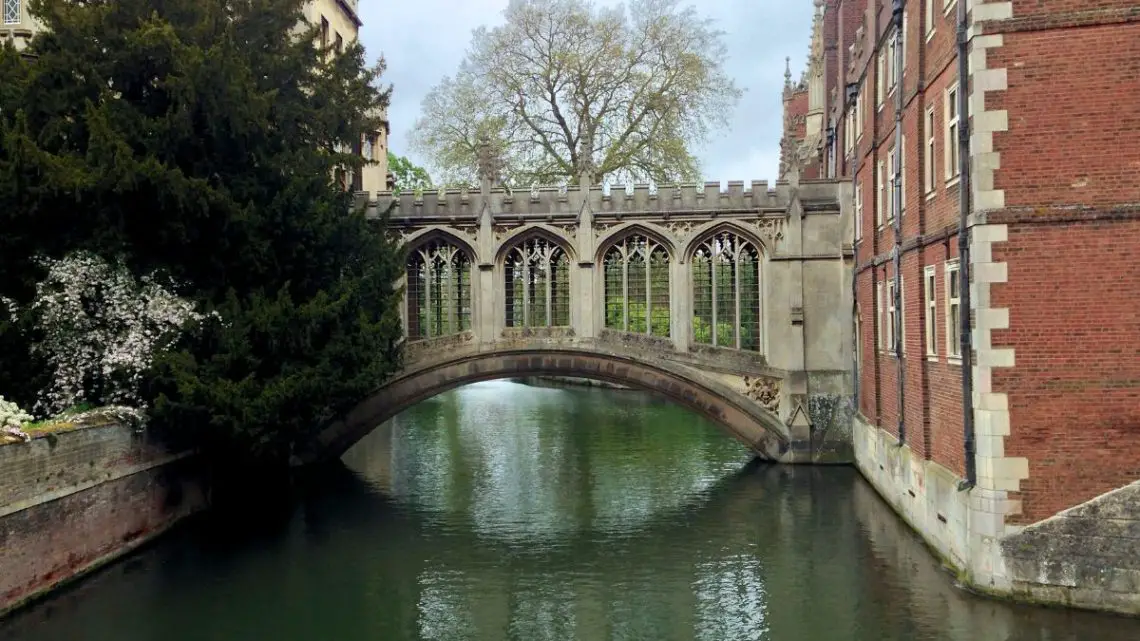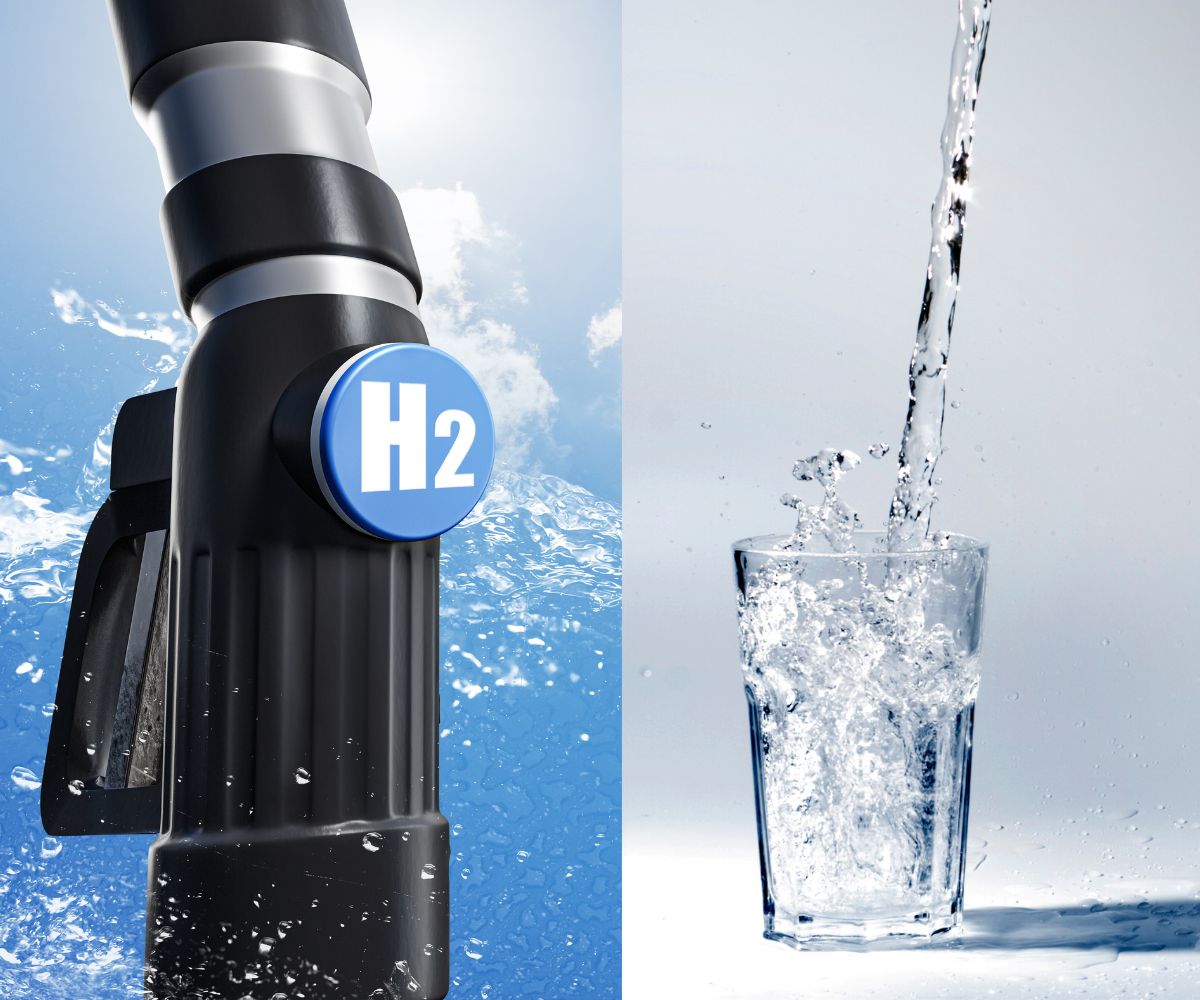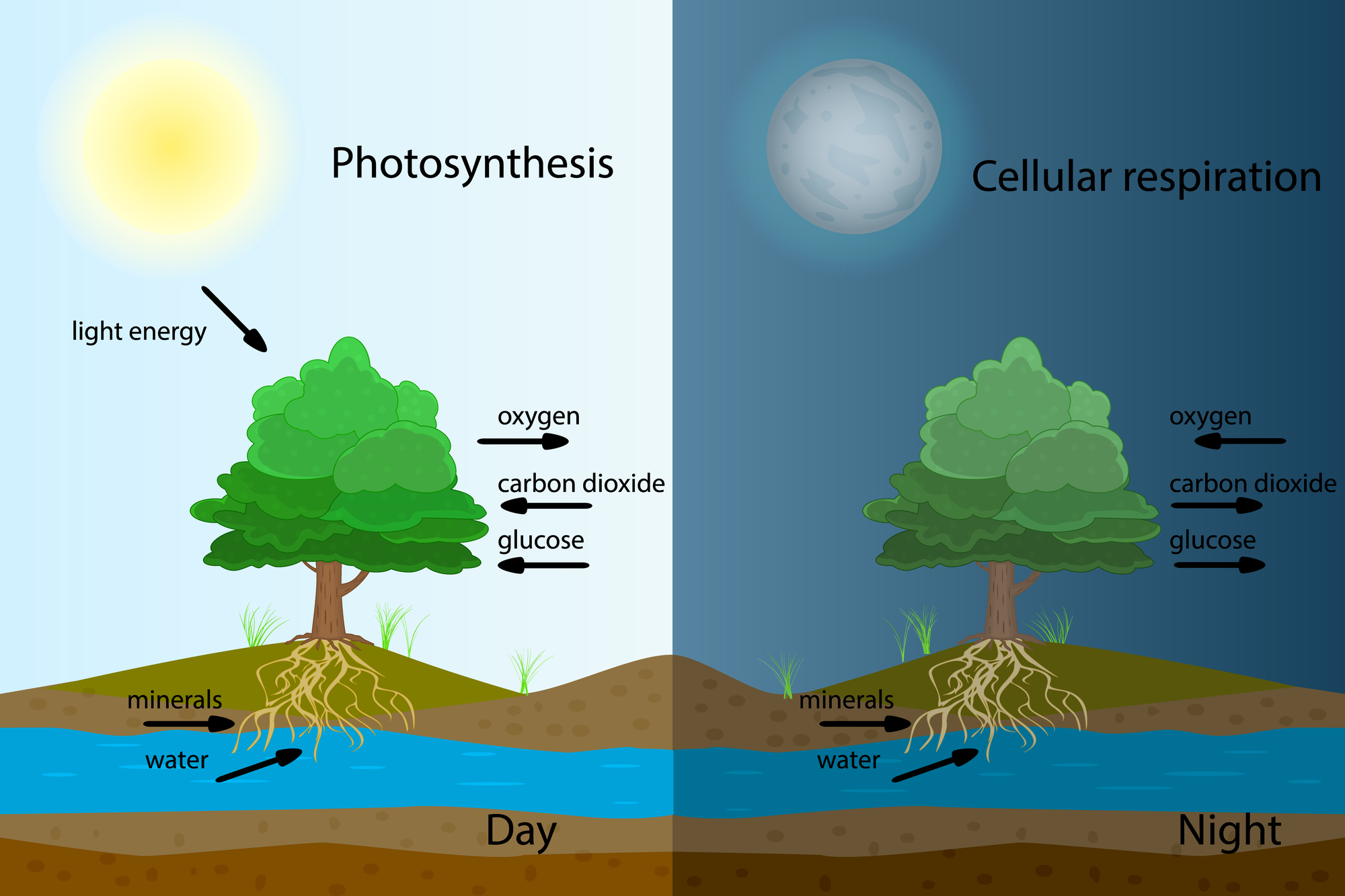
Can one solar-powered design solve remote hydrogen fuel and drinking water challenges?
November 18, 2023Researchers have developed a floating device that uses contaminated water to produce both.
University of Cambridge have announced that they have successfully developed a floating, solar-powered device that can use seawater or contaminated water to produce hydrogen fuel and clean drinking water.
The device can be used in any source of open water and could be promising for remote locations.
Since the device is solar powered, it doesn’t require any other form of external power. Therefore, it can be floated in any source of open water. This makes it promising for providing both clean drinking water and hydrogen fuel to areas that are remote or that are limited in their resources.
Though the idea of photocatalytic water molecule splitting isn’t a new one, conventional designs require pure water and a plant built on land. Moreover, they also result in waste heat that isn’t usable. As clean water is a rare and precious resource in most of the world, a photocatalytic design that can function in untreated or salty water makes it possible to benefit from the sea, rivers, reservoirs or even industrial wastewater offers a more sustainable opportunity.
The clean drinking water and hydrogen fuel production design was inspired by photosynthesis.
The University of Cambridge researchers were inspired by photosynthesis, the process many plants use to convert sunlight and water into the energy they need. The team developed a solar-powered device that can be used in any source of water to produce green hydrogen fuel and clean drinking water, even if the original source was salty or polluted.
“Bringing together solar fuels production and water production in a single device is tricky,” explained the lead author of the study published in the Nature Water journal, Chanon Pornrungroj. “Solar-driven water splitting, where water molecules are broken down into hydrogen and oxygen, need to start with totally pure water because any contaminants can poison the catalyst or cause unwanted chemical side-reactions.”

Image Credit DepositPhotos
Doing what plants do
The researchers sought to replicate photosynthesis in a plant, but without having to use clean water sources, as is the case with other sources of green hydrogen fuel. They felt that this would better serve areas where clean water is already difficult to find.
“In remote or developing regions, where clean water is relatively scarce and the infrastructure necessary for water purification is not readily available, water splitting is extremely difficult,” said study co-author Ariffin Mohamad Annuar. “A device that could work using contaminated water could solve two problems at once: it could split water to make clean fuel, and it could make clean drinking water.”
FAQs about the Drinking Water Crisis and the Solar-Powered Water Purifier
Q1: What is the global drinking water crisis? A1: The global drinking water crisis refers to the lack of access to clean, safe, and reliable water sources for billions of people worldwide. According to the World Health Organization, nearly 1.8 billion people lack access to safely managed drinking water services.
Q2: What are the statistics relating to the global drinking water crisis? A2: Around 2.2 billion people around the world do not have safely managed drinking water services, 4.2 billion people do not have safely managed sanitation services, and 3 billion lack basic handwashing facilities at home.
Q3: Which areas are hardest hit by the drinking water crisis? A3: Sub-Saharan Africa, Southern Asia, and Eastern Asia are the regions most severely affected by the drinking water crisis. In these areas, many people rely on unsafe water sources such as rivers, lakes, and ponds, which expose them to a variety of health risks.
Q4: How does the solar-powered water purifier help with the drinking water crisis? A4: The solar-powered water purifier developed by researchers at the University of Cambridge can convert contaminated water or seawater into purified water using solar power alone. This device could be a game-changer for communities currently lacking access to clean water.
Q5: Can this device work in remote or off-grid areas? A5: Yes, the device operates independently of any external power source and can function in any open water source, making it ideal for use in remote or off-grid areas.
Q6: How much water can the device purify? A6: The exact quantity of water the device can purify depends on several factors, including the intensity and duration of sunlight exposure. However, its developers have designed it with the aim of producing sufficient clean water for individual or small community use.
Q7: What are the potential impacts of widespread use of this device? A7: If used widely, this device could significantly reduce the number of people globally who lack access to safe drinking water. It could also help alleviate health problems associated with contaminated water, such as diarrhea and other waterborne diseases.
Q8: What are the benefits of the device apart from water purification? A8: Besides purifying water, the device can also produce clean hydrogen fuel. This could provide a sustainable energy solution for communities currently relying on harmful fuels like charcoal or wood for cooking and heating.
Q9: When will this device be available for use? A9: The device is still in the research phase, and a timeline for its commercial availability has not been released yet. However, the researchers are optimistic about its potential impact and are working towards making it accessible as soon as possible.
Sources:



 With over 15 years of reporting hydrogen news, we are your premier source for the latest updates and insights in hydrogen and renewable energy.
With over 15 years of reporting hydrogen news, we are your premier source for the latest updates and insights in hydrogen and renewable energy.
Too many research processes without any commercial device in market. We should focus more on commercially available processes. Most announcements are too premature